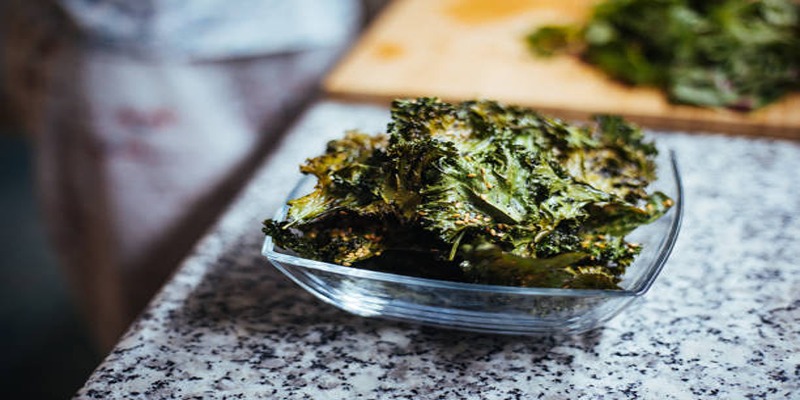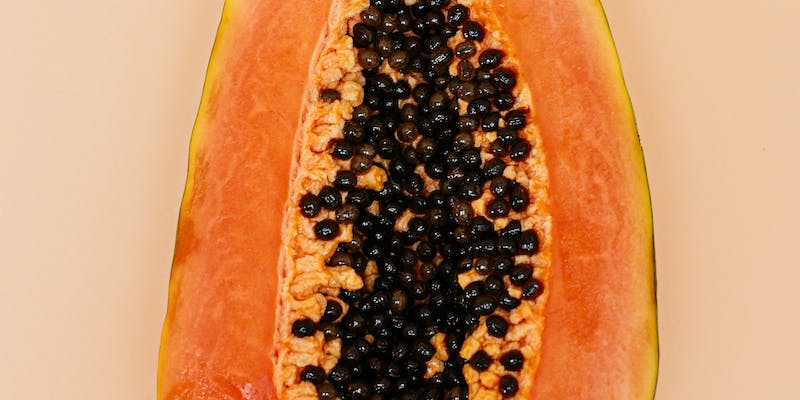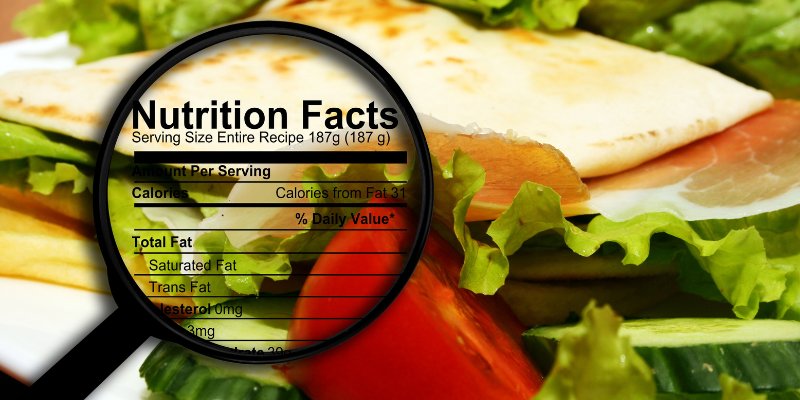Current dietary guidelines advise that adult residents of the United States limit their daily sodium intake to a maximum of 2,300 milligrams (mg). In contrast, it is estimated that the average daily sodium consumption of the American populace is around 3,440 mg. The Centers for Disease Control and Prevention (CDC) report that processed, restaurant, and takeout common foods account for 71% of the sodium in the average American diet.
High-sodium Foods

By implementing a salt reduction strategy for food seasonings, individuals can contribute to reducing dietary salt consumption. Furthermore, one can enhance their approach by avoiding foods high in sodium. According to the Centers for Disease Control and Prevention, the following high sodium foods account for more than forty percent of the sodium in the diet of the average American adult.
- Baguettes
- Pastries
- A subsidiary type of pizza
- Portions of chilled
- cured meat
- Burritos
- Tacos
- Popcorn
- Chips
- Crackers
- savory treats
- Cheese produced from poultry
- Prime quays and eggs.
Bread and Bread Products
Bread and bread products frequently contain "hidden salt." On the contrary, a 2018 study found that British bread products contained an average of 12% more sodium than their American counterparts. The study reveals that only a fraction of one-fifth of bread products in the United States adhere to the standards set forth by the National Salt Reduction Initiative (NSRI). Specifically high in sodium content are the bread varieties, including Ciliaretta bread, crumpets, and tortillas
Meats
Salt may be added to sliced meats and luncheon provisions. One ounce of pastrami contains approximately 560 milligrams of sodium, while one slice of ham contains approximately 291 mg. Even the lengthiest chicken strips, weighing one hundred grams (g), may contain 650 milligrams of sodium.
Cereals
Breakfast cereals may, especially when serving sizes exceed recommended limits, function as a covert reservoir of sodium. Compared to 1 cup of cornflakes, a 74-gram serving of instant oatmeal contains approximately 365 mg of sodium.
Condiments
High sodium content is possible in specific condiments, salad dressings, and sauces. An equivalent amount of sodium is present in 1 tablespoon of ketchup and 437 mg of oyster sauce per tablespoon. One tablespoon of soy sauce contains 879 mg of sodium, making it the worst offender.
Pork Food Products
Compared to alternative meats and poultry, processed pork products typically contain a significantly higher salt content. The sodium content of two standard pork sausages is approximately 326mg, while two slices of bacon contain 330mg.
Dairy Cheese
Different varieties and brands of cheese may contain various concentrations of sodium. For instance, imported blue cheeses and halloumi are both high-sodium cheeses. In addition, brand names of cheddar cheese typically contain more salt than store brands. The following should be taken into account when evaluating supplementary dairy products:
- Cottage Cheese: An estimated 224 milligrams of sodium are present in 100 grams of cottage cheese.
- Cheese Spreads and Sauces: Substantial amounts of sodium are found in cheese spreads and sauces. For instance, 100 grams of a standard cheese sauce might contain 651 milligrams of sodium.
- Salted Butter: It is important to highlight that salted butter may add to an individual's daily sodium intake, although available in different brand-specific quantities.
Canned Foods
Although canned common foods are often convenient, they usually contain added sodium. Illustrative examples may consist of:
- Canned Fish: A canned tuna product illustrates a canned fish item. In 154 grams (one cup) of drained tuna in water, there are roughly 337 milligrams of sodium.
- Canned Soups: Canteend soups contain an especially high sodium content. One should contemplate the potentiality that a single minestrone could contain an excess of 1,550 milligrams. Generally, soups that include meat contain even more.
- Canned Vegetables: An estimated 450 milligrams of sodium are contained within one cup of mixed vegetables from a can. Salt is incorporated into the preservation process to guarantee its preservation.
Taking Control of Your Sodium Intake

Opting for Home-Cooked Meals
Primarily, preparing meals at home is among the most efficient methods of sodium restriction. Unlike restaurant or prepackaged dishes, home cooking provides absolute control over the quantity of salt utilized. Engaging in this methodology promotes personal health and affords one culinary autonomy. The sodium content of domestic meals is generally considerably lower than that of restaurant meals, according to a study published in 2022. Developing the practice of meal preparation with fresh ingredients is highly recommended. Additionally, this improves one's culinary abilities while guaranteeing a reduced sodium intake.
Smart Grocery Shopping
You must consult nutrition labels carefully when you are out purchasing. Bread, cured meats, pizza, poultry, and stews are commonplace foods that conceal a high sodium content. The daily sodium intake is significantly augmented by these high sodium foods, according to a report from 2021. Consider purchasing fresh produce to combat this. Significant sodium reduction is possible through the increased ingestion of fruits, vegetables, legumes, and whole grains. Additionally, these common foods are free from the added salts in processed foods, rendering them nourishing.
Restaurant Menus
Sodium depletion need not be a factor when dining out. You can access nutritional information online when dining at restaurants, particularly chains. Promoted in 2020, this method enables individuals to make well-informed decisions regarding their dietary selections. Request this information if it is not readily apparent; particularly, seek out dishes with reduced sodium content. Even when not in the kitchen, this proactive approach can assist in maintaining a balanced diet.
Fresh and Whole Foods
The directive to cook more explicitly specifies meals composed of whole and fresh foods instead of simply preparing in general. A high sodium content characterizes processed common foods that require only heating and serving. On the other hand, fresh, scratch-prepared dishes contain sodium at a naturally reduced level. Emphasizing the importance of minimizing processed food intake, the American Heart Association highlighted the cardiovascular advantages of whole high sodium foods in 2023. It gives a fresh alternative with a win-win situation where you cut down your sodium intake and can use substitutions for fresh fruits and vegetables in your cooking.
Medical Condition High Sodium Causes
A sodium diet can lead to an elevation in blood volume due to the attraction of water by salt into the circulation. Elevated blood volume induces complications such as hypertension by placing additional strain on the circulatory system. Damage to organs, including the eyes, brain, heart, and kidneys, can result from hypertension over time. Without treatment, the following health complications are more likely to develop as a result of hypertension:
- Cardiac arrest
- Direct Heart Failure
- The Strokes And Seizures
- Renal Dysfunction
- Vascular, Arterial, And Vein-Related Pathologies
- Dementia
- Aortic Aneurysm-Related
- Blindness
- Gastric Cancer
- Diabetes Type 2
- Obese Physique







